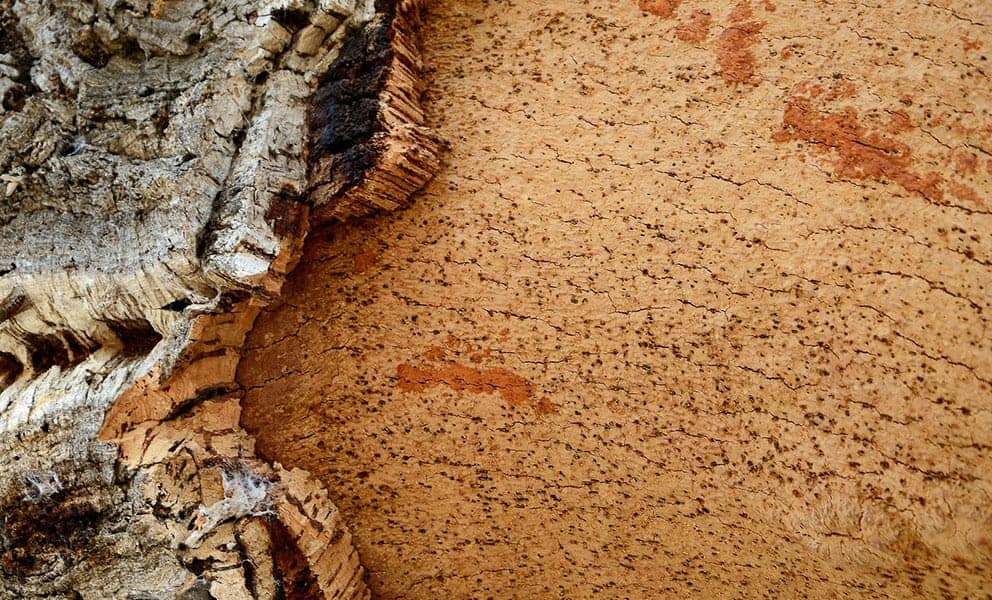
Call our team
01484 442420Find An Applicator
Menu
close

Whether it’s securing a bottle of wine or insulating your walls, there’s no question that cork makes an impact on our daily lives. But how is cork made? If you’re scratching your head, read on to learn the answer – and why it could benefit your home.
Most cork comes from the bark of cork oak trees, formally known as Quercus suber. These trees thrive in the hot climate of countries along the Mediterranian sea, including Portugal, Algeria, Spain and Morocco.
To defend themselves against the fires, droughts and hot temperatures of their locality, as cork oaks evolved, they developed an extra thick layer of cork bark. Cork’s natural properties, including fire and water resistance, make it a pefect material for many commercial products.
Cork harvesting occurs between late May and late August and is conducted by an experienced harvester. The first harvest can only occur when the tree is 25 years old. After that point it can be harvested every 9-14 years.
Using an axe, the harvesters make several careful incisions into the bark, and cork-rich bark is gradually prised away. This process has to be conducted with great care to ensure no damage is done to the inner part of the bark, as this can prevent it from growing back.
After harvesting, the slabs of cork are boiled to clean and soften them, so that they’re easier to work with.
After cleaning, the cork slabs are sorted based on quality. The highest quality slabs are used to make natural corks and cork “textiles”.
These are punched directly from the cork sheets, either by hand or by machine. These are generally the most expensive corks.
Also made from natural cork is a cork textile, which is commonly referred to as cork “leather”. The cork is sliced into thin sheets to create an authentic textile look, and these are then backed with a cotton fabric to provide extra structure.
One of the best things about cork is that it’s highly efficient – nothing is wasted. After the punching is complete, any scraps of cork that are left over are ground down into granules. These granules are then glued back together to create agglomerated cork. Some of the applications of agglomerated cork include:
Technical corks are made up of an agglomerated cork body, with a natural cork disc on either end. These corks are cheaper than the fully natural variety, whilst still providing protection for wine and other spirits.
So, how is cork made into insulation? Agglomerated cork can be ground down into cork dust, which has a variety of applications. One of these is as an ingredient in insulation sprays, like CorkSol’s SprayCork. Cork is one of the most effective insulators thanks to its natural properties – including thermal and acoustic insulation.
Impermeable, fire and moisture resistant, and lightweight, cork has many natural benefits. It’s these benefits that make it so suited to insulating interior and exterior walls.
SprayCork provides all the thermal and acoustic insulation benefits of the natural material, whilst only taking up a fraction of the space that would be consumed by cladding.
Want to get in touch with a pre-approved CorkSol applicator? Simply give our team a call on 01484 442420.
"*" indicates required fields